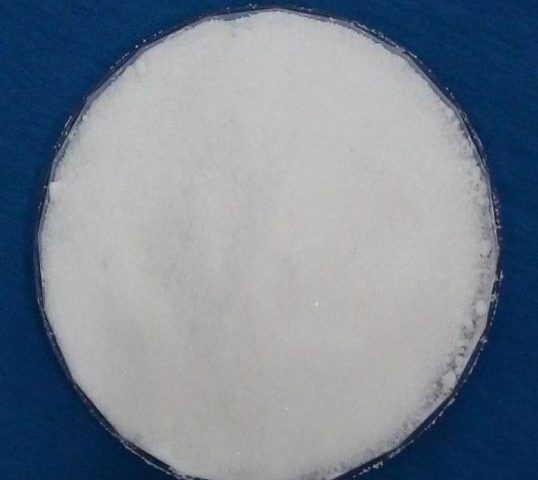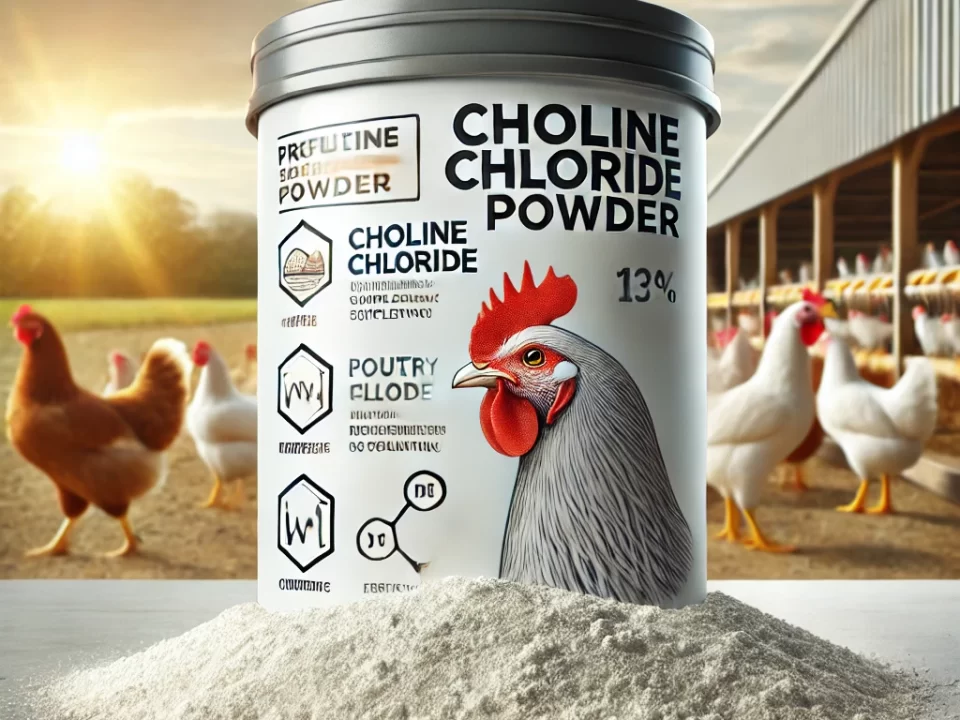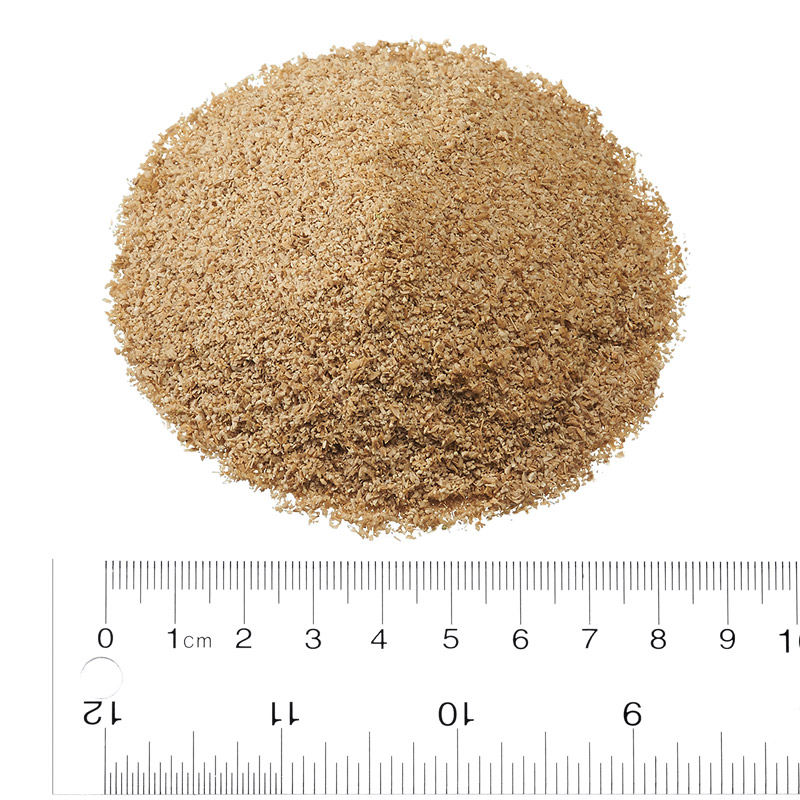CAS 67-48-1 feed addictive Choline chloride

corn gluten meal feed grade CGM – Animal and Pet Feed Nutrition
August 31, 2018
The role of allicin in aquaculture
December 1, 2018White hygroscopic crystallization, tasteless, fishy smell. Mp240 °C. 10% aqueous solution pH 5-6, unstable in lye. This product is soluble in water and ethanol, insoluble in ether, petroleum ether, benzene and carbon disulfide. Low toxicity, LD50 (rat, oral) 3400 mg/kg. For the treatment of fatty liver and cirrhosis . Also used as a feed additive for poultry , it can stimulate the ovary to produce more eggs, calves, poultry, fish and other weight gain.
Choline is one of the B vitamins. It is a component of acetylcholine, lecithin and neurophosphorus in biological tissues, which saves methionine. Choline is an important substance required for livestock, poultry and fish. It can regulate the metabolism and transformation of fat in animals, prevent liver deposition and tissue degeneration as a donor of methyl, promote the re-formation of amino acids and improve the utilization of amino acids.
Tests have shown that choline chloride is particularly important for chickens and poultry. Its synthesized amino acids and lecithin are transported to various parts of the chicken body to prevent accumulation of fat in the liver and kidney, accelerate the growth of chickens and increase the egg production rate and hatching rate.
The experiment further proved that choline deficiency caused the grass animal to have low plasma total lipid, triglyceride, cholesterol and phospholipid content, which affected the growth of grass carp.
Livestock such as donkeys, pigs, rabbits, and cattle. The lack of choline chloride in the feed can lead to poor development of the livestock, rough skin and soft bones, reduced growth, and weak and sick.
Therefore, choline chloride must be added to the feed to ensure their rapid growth.
Generally, 1 kg of this product is mixed in every 1000 kg of feed. The amount of young animals and poultry should be larger, and should be increased or decreased as appropriate.
The product is 25kg/bag, paper bag composite film and lining packaging; 0.5kg/bag, plastic bag double-layer packaging.
Physical and chemical properties
CAS NO: 67-48-1
Structural formula: HOCH2CH2N(CH3)3Cl as shown on the right
Molecular formula: C5H14ClNO
Molecular weight: 139.63
Content (%): 50%, 60%, 98%
Melting point (°C): 302 to 305 (decomposition)
Toxicity LD50 (mg/kg): rat, oral 6640
Specification of CAS 67-48-1 feed addictive Choline chloride
| Purity(Nonaqueous Titration) | min. 98.0 %(after drying) |
|---|---|
| Purity(Argentmetric Titration) | min. 98.0 %(after drying) |
| Solubility in Water | almost transparency |
| Drying loss | max. 1.0 % |
| Heavy metals(as Pb) | max. 0.002 % |
| Ammonium | max. 0.01 % |
Uses of CAS 67-48-1 feed addictive Choline chloride
Tissue culture medium, feed additive, clinically used for anti-fatty liver agent.
For the treatment of fatty liver and cirrhosis, also used as a feed additive, can stimulate the ovary to produce more eggs, calves and poultry, fish and other weight gain
Choline chloride can effectively prevent and treat fat deposition and tissue degeneration in livestock and poultry organs. Can promote the absorption and synthesis of amino acids. It can enhance the physical and disease resistance of livestock and poultry, promote growth and development, and increase the egg production rate of poultry. The dosage is 1-2g/kg.
Is a highly effective nutritional supplement and fatliquor
As a feed additive, choline chloride has the following physiological functions: it can prevent fat accumulation in the liver and kidney and its tissue degeneration; it can promote the recombination of amino acids; and can improve the utilization of amino acids, especially the essential amino acid methionine in the body. In Japan, 98% of choline chloride is used as an animal feed additive for chickens, pigs, beef cattle and fish and shrimp. Most of the processed into a powder, 50% powder is prepared by pre-adding an appropriate size of the excipient in the mixer, and then adding an aqueous solution of choline chloride, mixing and drying. Some commercial powders are also formulated with vitamins, minerals, and drugs. Choline chloride is a vitamin B genus for hepatitis, liver function deterioration, early cirrhosis, and pernicious anemia.
Choline chloride is also a plant photosynthesis promoter, which has a significant effect on increasing yield. Spraying wheat and rice at the booting stage can promote the differentiation of spikelets and multi-harvest grains. Spraying at the filling stage can accelerate the filling speed, and the grains are full, and the 1000-grain weight is increased by 2-5 grams. It can also be used to increase the yield of corn, sugar cane, sweet potato, potato, radish, onion, cotton, tobacco, vegetables, grapes, mango, etc., and the effect is stable under different climatic and ecological environment conditions; the underground part of the growth crop such as roots is in the initial stage of expansion. Use 60% water agent 10 ~ 20 ml (active ingredient 6 ~ 12 grams), add 30 liters of water to dilute (1500 ~ 3000 times), spray 2 – 3 times, the effect of swelling and yield increase is obvious; ornamental plants azalea, poinsettia, geranium , hibiscus and other regulating growth; wheat, barley, oats lodging resistance.




